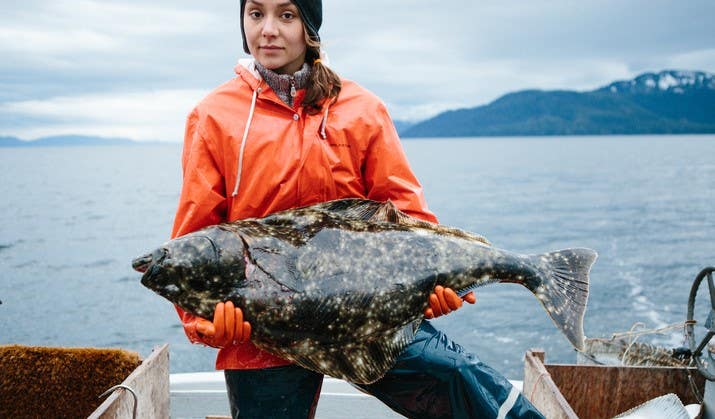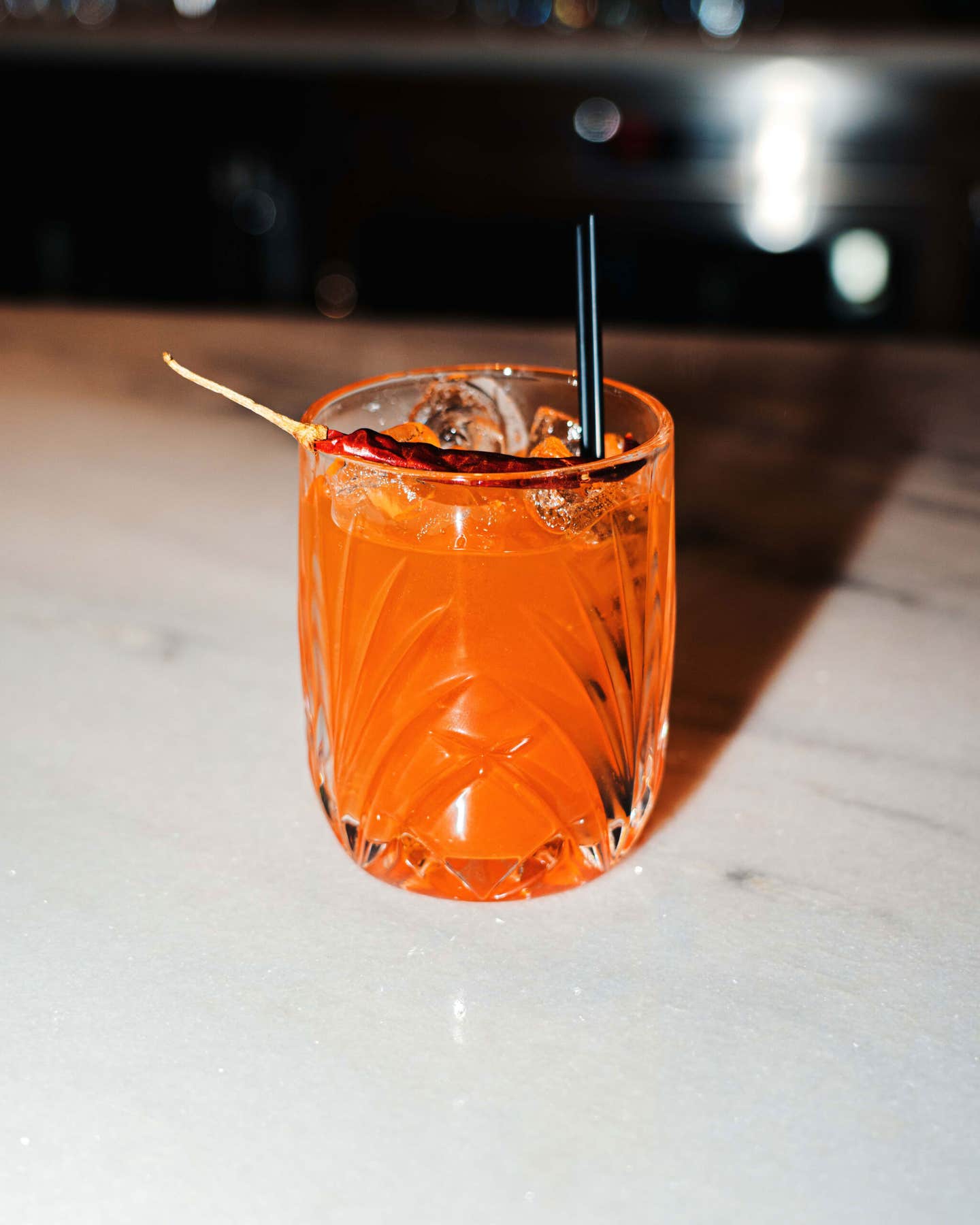
How One Seafood Company Is Committing to Conservation
Sitka Salmon Shares is a new model for traceability and accountability.
If only shopping for fish at the supermarket were as easy as choosing the freshest-looking filet. Rather, consumers have a dizzying array of options—wild or farmed, local or imported, all plastered with labels ranging from “environmentally friendly” to “sustainably produced”—making it difficult to know exactly what one should select. With a huge pool of commercial species (approximately 2,500 by some estimates) on the market, it’s no wonder most shoppers primarily make their selection based on price and appearance.
Part of the confusion stems from the complicated nature of the industry itself. “Fish are among the last true remaining wild hunt, and fisheries are the most complex component of our food systems,” says Mike McDermid, director of fisheries and seafood at Ocean Wise, a Vancouver-based non-profit dedicated to ocean conservation. He explains that fish can change hands an average of five or six times before they reach customers, compared to two or three for land-based food products like meat or dairy. And because most of us are so far removed from our food systems, we don’t know exactly what’s happening in the open ocean or how our choices are impacting the environment.
Today, with rising global protein demands and diminishing fish stocks, the seafood industry is barreling toward an uncertain future. According to the UN food and agriculture organization (FAO), an estimated 70 percent of the world’s fish population is “fully used, overused, or in crisis,” with industrial-scale fishing to blame for habitat damage, pollution, and transfer of diseases from farmed to wild fish.
But there’s hope for changing the status quo, and the power to do so could rest largely with customers. “The good news is that consumers have a real say in how fisheries are conducted—what we demand is what will be caught,” says McDermid.
Thankfully, the pressure to understand what sustainability looks like at all levels of the supply chain doesn’t have to fall on consumers.
One company that aims to make shopping decisions easier for seafood lovers is Sitka Salmon Shares, a direct-to-consumer brand founded by a college professor and a second-generation Alaskan fisherman offering high-quality, responsibly caught and harvested fish that’s fully traceable to the source. The brand works closely with small-boat fishermen, as well as community-based processors like Kodiak Island WildSource and Haines Packing Company, to deliver delicious wild Alaskan seafood straight to subscribers' doors.
The monthly subscription features a rotating selection of premium, sashimi-quality seafood that’s frozen at the peak of freshness, 100 percent traceable to the source, and may include King salmon, Dungeness crab, and cod, as well as lesser-known species like lingcod and Kodiak jig-caught rockfish.
Instead of dragging a weighted net or dredges across the bottom of the ocean floor, as many industrial-scale fisheries do, Sitka Salmon Shares sources from partners who use small boats (with a maximum size of 60 feet) to practice methods like hook-and-line, pot, and gillnet fishing. All of Sitka Salmon Shares’ high-quality seafood comes from wild-caught U.S. fisheries, with the vast majority sourced from pristine, glacier-fed Alaskan waters, considered a highly productive biological community. The marine environment has substantial amounts of organic matter like phytoplankton and zooplankton, which support animals in the food chain like crabs, seabirds, and marine mammals and help ensure a flourishing and diverse ecosystem.
But as McDermid points out, fishing from productive waters only offers one layer of consumer confidence. “What makes a region better poised for sustainable fishing tends to be more based on historic fishing pressure, effective management, and environmental regulations.” In Alaska, fish stocks are carefully managed to prevent overfishing and bycatch (unintentionally caught species).
Sitka Salmon Shares also handles and processes its seafood in a way that reduces its carbon footprint while ensuring the freshest product possible. After the fish has been caught, it is bled (which dramatically extends its shelf life), chilled, butchered, and blast frozen to seal in the flavor.
In addition to its sustainable sourcing and emphasis on community uplift, Sitka Salmon Shares also donates one percent of its revenues to 1% For the Wild, a fund dedicated to supporting healthy oceans and coastal fishing communities in alliance with charitable organizations like the Alaska Food Bank.
While the seafood industry has a long way to go in terms of sustainability, new brands like Sitka Salmon Shares are providing a new model for traceability, accountability, and responsibility—while inspiring customers to demand better from their seafood, one delicious meal at a time.
Keep Reading
Continue to Next Story










